When it comes to understanding what a wok is made of, kitchen professionals must grasp the various materials availableeach bringing its own unique characteristics to the table. The kind of wok you choose can significantly affect your cooking experience and outcomes. From traditional outlines to modern materials, the variety can be overwhelming. This article aims to demystify the components of wok-making and help you select the best one for your culinary needs.
The design of a wok is both functional and versatile, tailored for various cooking techniques like stir-frying, steaming, and deep-frying. But the question arises: what is wok made of that contributes to such diverse functionalities? Let's explore!
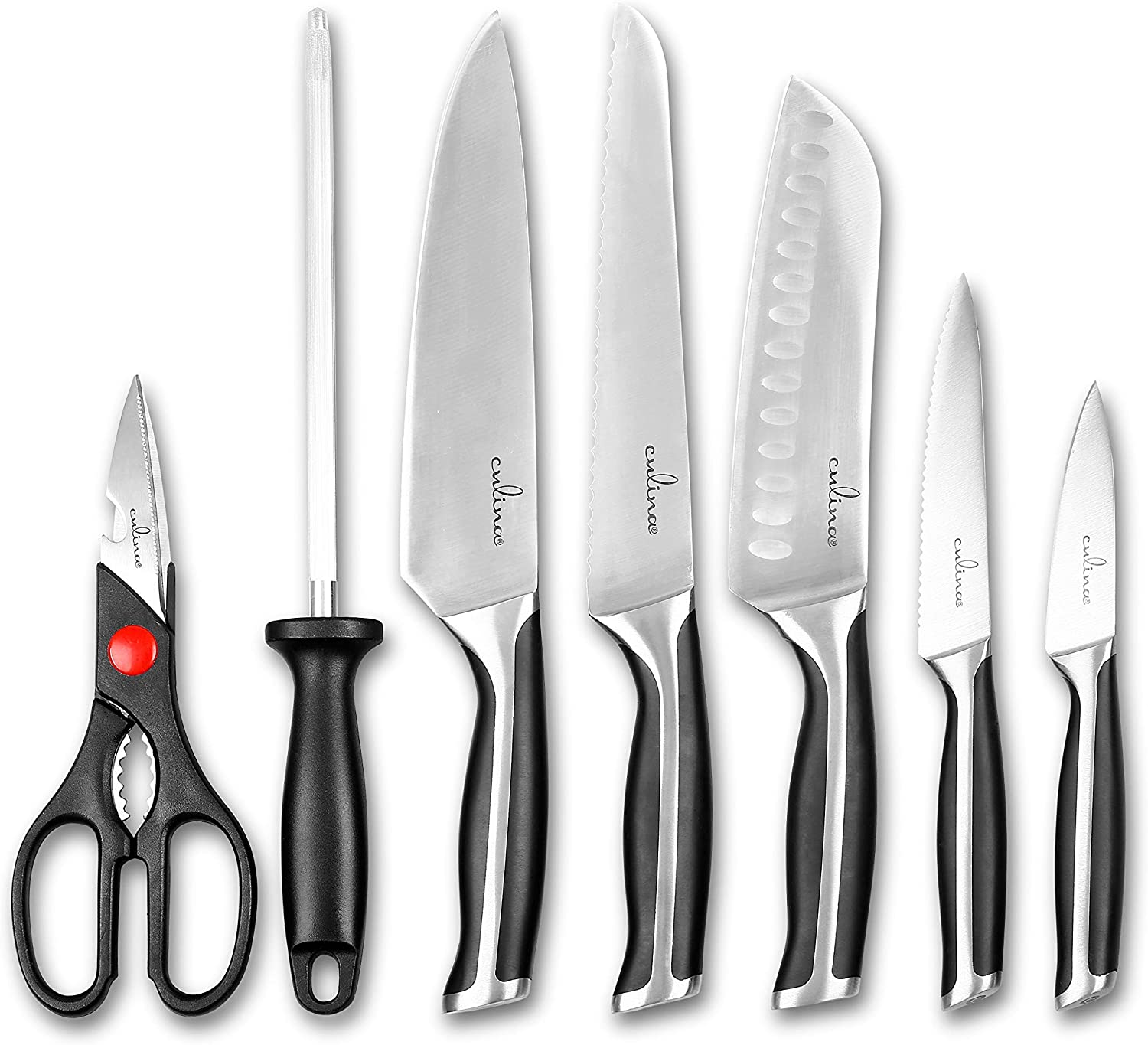
The Traditional Materials: Carbon Steel and Cast Iron
Carbon steel is often the premier choice for crafting woks. This material is highly regarded for its excellent heat conductivity, making it incredibly responsive to temperature changes. Chefs love it for the wok's versatility, whether sauting veggies or searing meat. The surface gets better with use, developing a natural non-stick patina that enhances with seasoning.
Cast iron woks, while heavier, offer unmatched heat retention. A seasoned cast iron wok can provide the same benefits as carbon steel. However, it requires more maintenance to prevent rusting. The durability of both materials makes them long-term kitchen companions, ideal for high-heat cooking.
Benefits of Using Carbon Steel
1. **Lightweight:** Easier to handle than cast iron for high-heat techniques.
2. **Quick Heating:** Cooks food rapidly, making it perfect for stir-frying.
3. **Natural Non-Stick:** Develops over time with proper seasoning.
Benefits of Using Cast Iron
1. **Heat Retention:** Ideal for slow-cooking or braising.
2. **Durability:** Can last a lifetime if properly cared for.
3. **Versatility:** Excellent for both stovetop and oven use.

Modern Wok Materials: Non-Stick and Stainless Steel
As kitchens evolve, so do the materials used in wok design. Non-stick woks have emerged as popular choices for those looking for easy cleanup. However, its crucial to note that most non-stick coatings aren't suitable for high-heat cooking. That said, they can be beneficial when cooking delicate ingredients.
Stainless steel woks are gaining traction with professional chefs as well. Known for their durability and non-reactive surface, they are easy to clean and maintain. However, they may not offer the same heating responsiveness as carbon steel.
The Pros and Cons of Non-Stick Woks
**Pros:**
- Easy to clean
- Less oil needed
- Great for beginners
**Cons:**
- Less responsive to heat
- Not suitable for high-heat cooking
- Coating may peel over time
The Pros and Cons of Stainless Steel Woks
**Pros:**
- Durable and long-lasting
- Non-reactive surface
- Suitable for various cooking methods
**Cons:**
- Doesn't retain heat as well
- Can be more challenging to achieve a non-stick effect
- Requires more oil
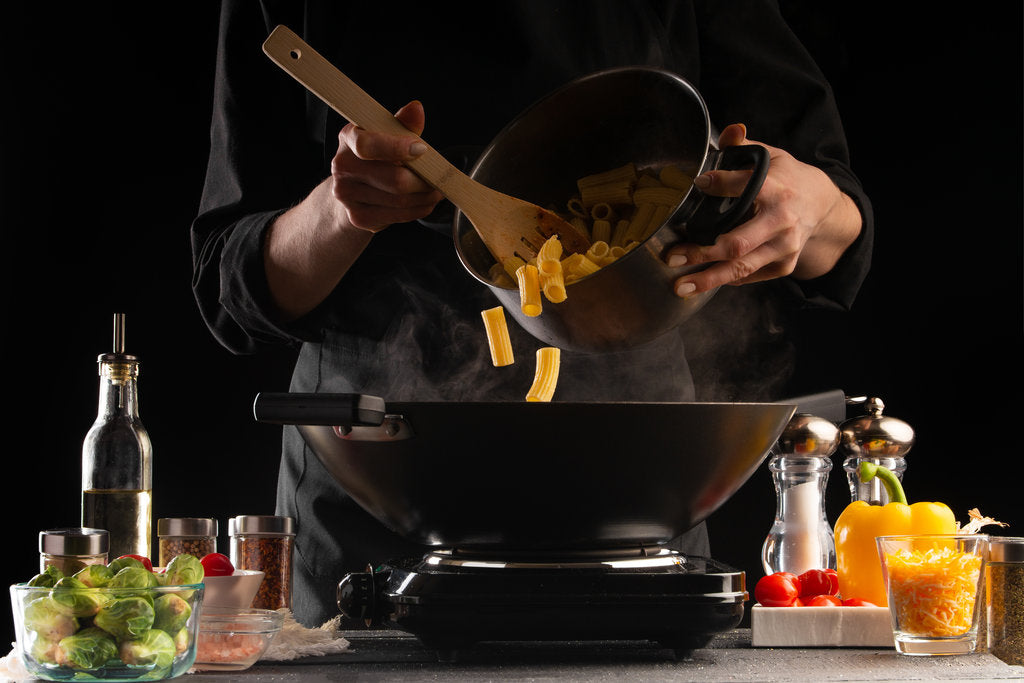
Choosing the Right Wok for Your Cooking Style
Determining what a wok is made of also means understanding your specific cooking requirements. Are you looking for something that responds rapidly to high heat? Carbon steel should be your go-to. If you desire a versatile pan that can withstand time, consider cast iron. For ease of cleanup, a non-stick option may serve you well.
Incorporate your wok into various cooking methods. For instance, check out our article on caring for your wok to maximize its lifespan.
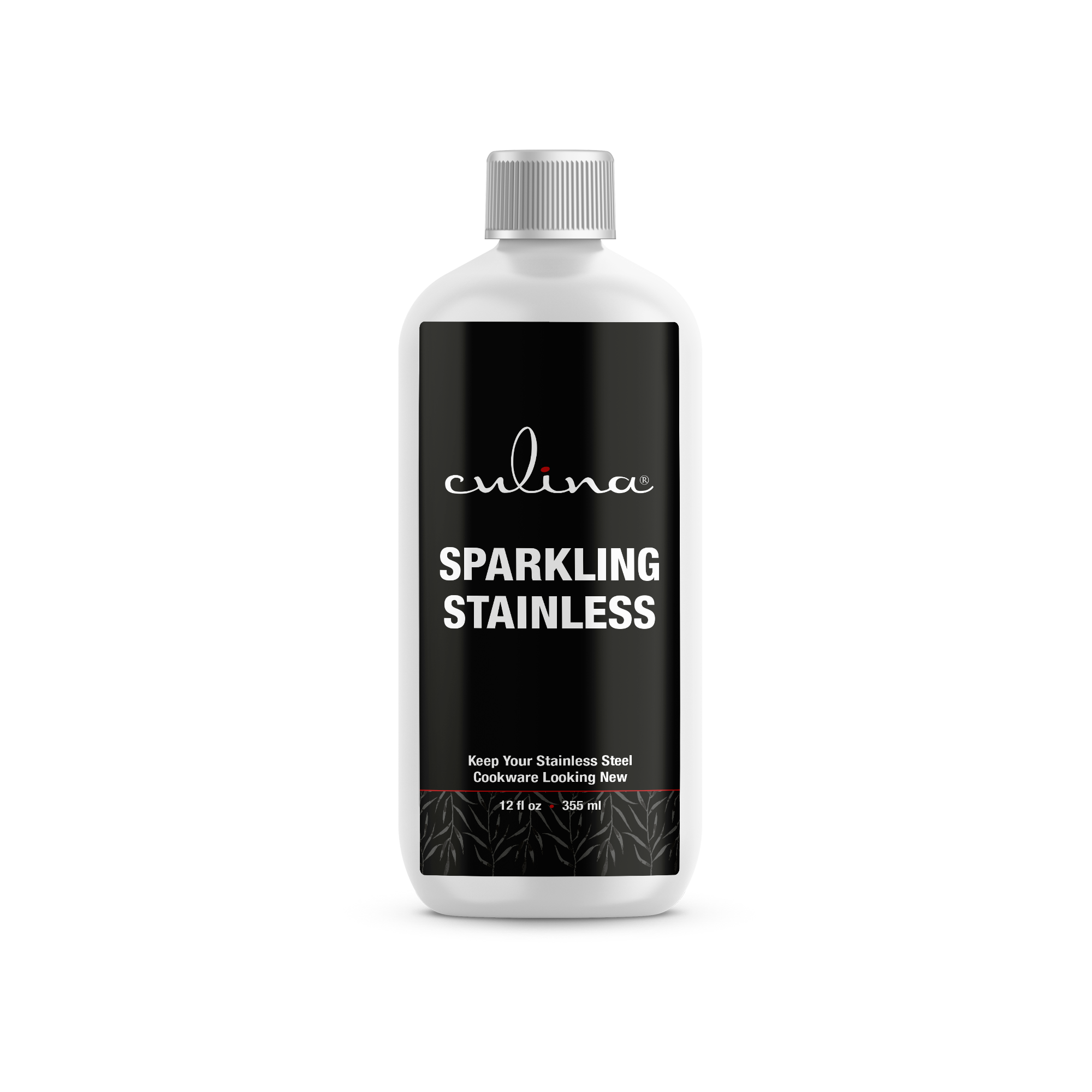
How to Maintain Your Wok
Regardless of the material, proper maintenance is essential. For carbon steel, it's important to season your wok regularly after cleaning. This prevents rust and sustains the non-stick surface. Cast iron also necessitates seasoning and avoiding sudden temperature changes.
Non-stick woks call for gentle handwashing with soft sponges. Avoid using metal utensils that could scratch the coating. Stainless steel woks are dishwasher safe but can discolor over time.
Cleaning and Caring for Different Wok Materials
Each material has its unique cleaning methodconsult this guide for specifics on cleaning.
Common Questions About Wok Materials
1. Can I use a wok on an induction stove?
Yes, but ensure your wok is induction-compatible, typically made from cast iron or stainless steel.
2. Is it safe to use non-stick woks at high temperatures?
It is not recommended as high heat can damage the coating.
3. How often should I season my carbon steel wok?
Regular seasoning is advisable to maintain its non-stick propertiesafter every 3-5 uses is a good rule of thumb.
Conclusion: Making an Informed Decision
Being aware of what a wok is made of and understanding the nuances between different materials will empower you to make an informed decision for your kitchen. Every type of wok serves its own purpose, and knowing these can enhance your cooking style and efficiency.
For more on cooking with a wok, check out this resource.
As an Amazon Associate, I earn from qualifying purchases.

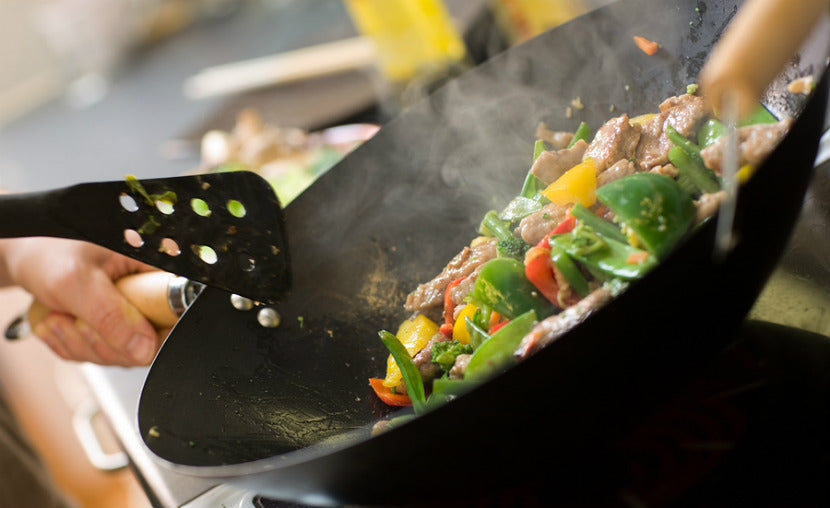


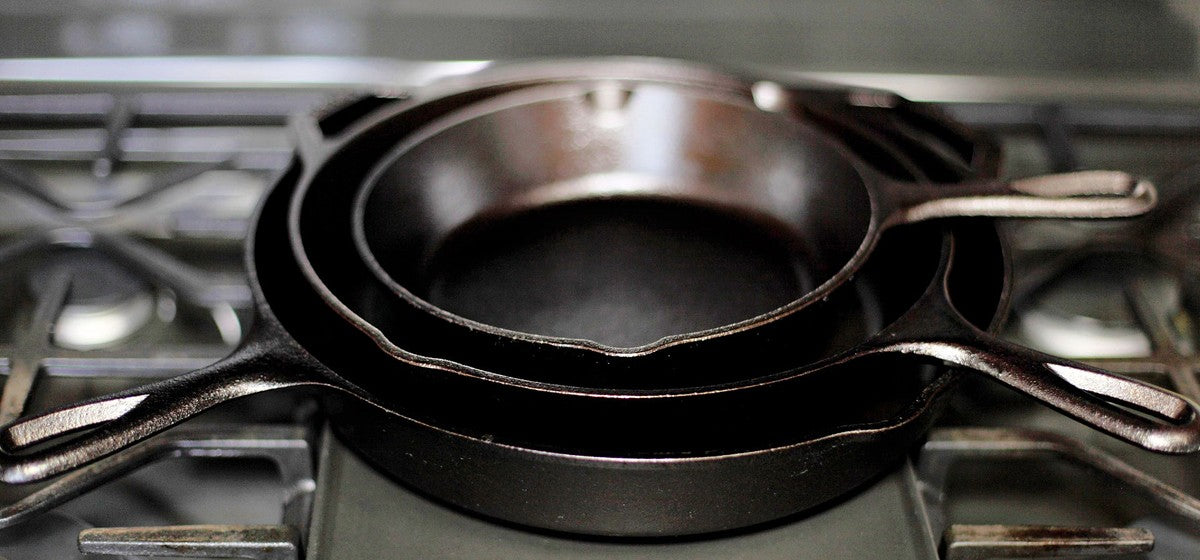
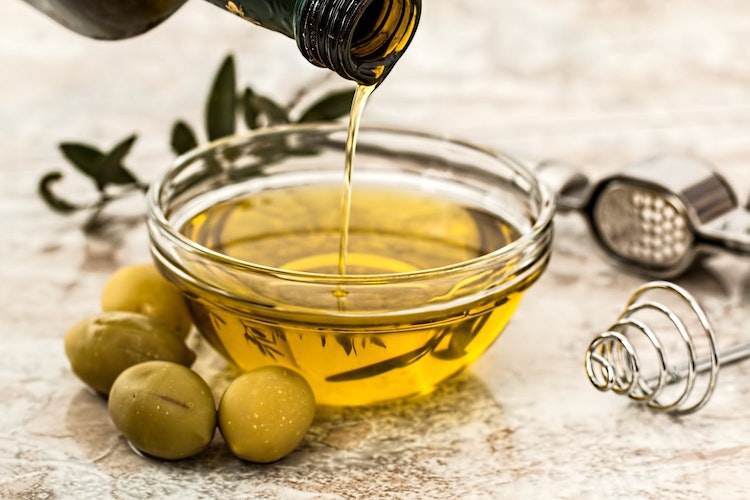
Leave a comment
This site is protected by hCaptcha and the hCaptcha Privacy Policy and Terms of Service apply.